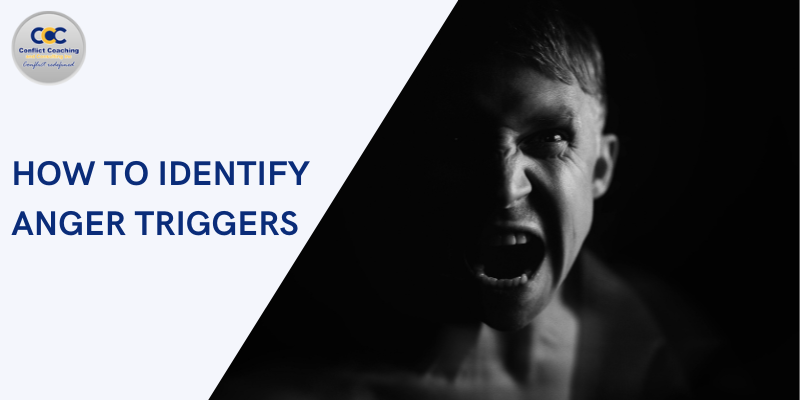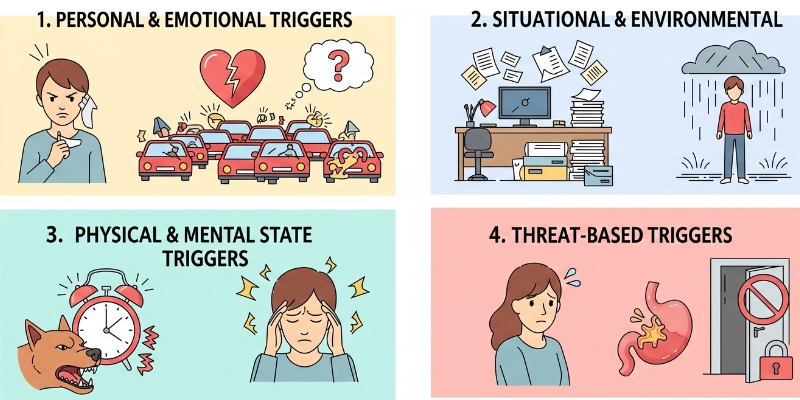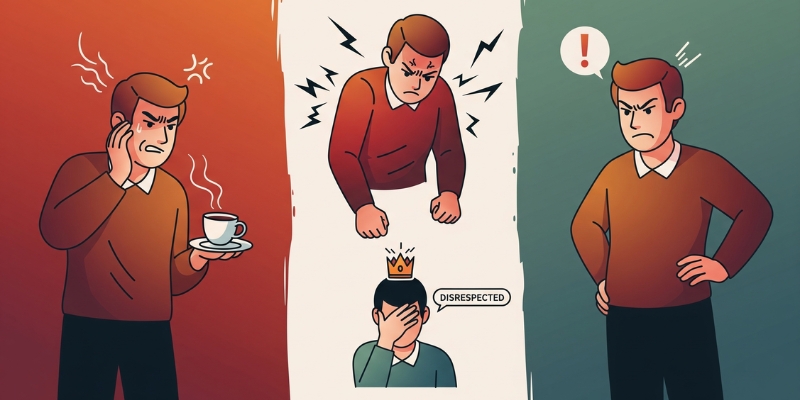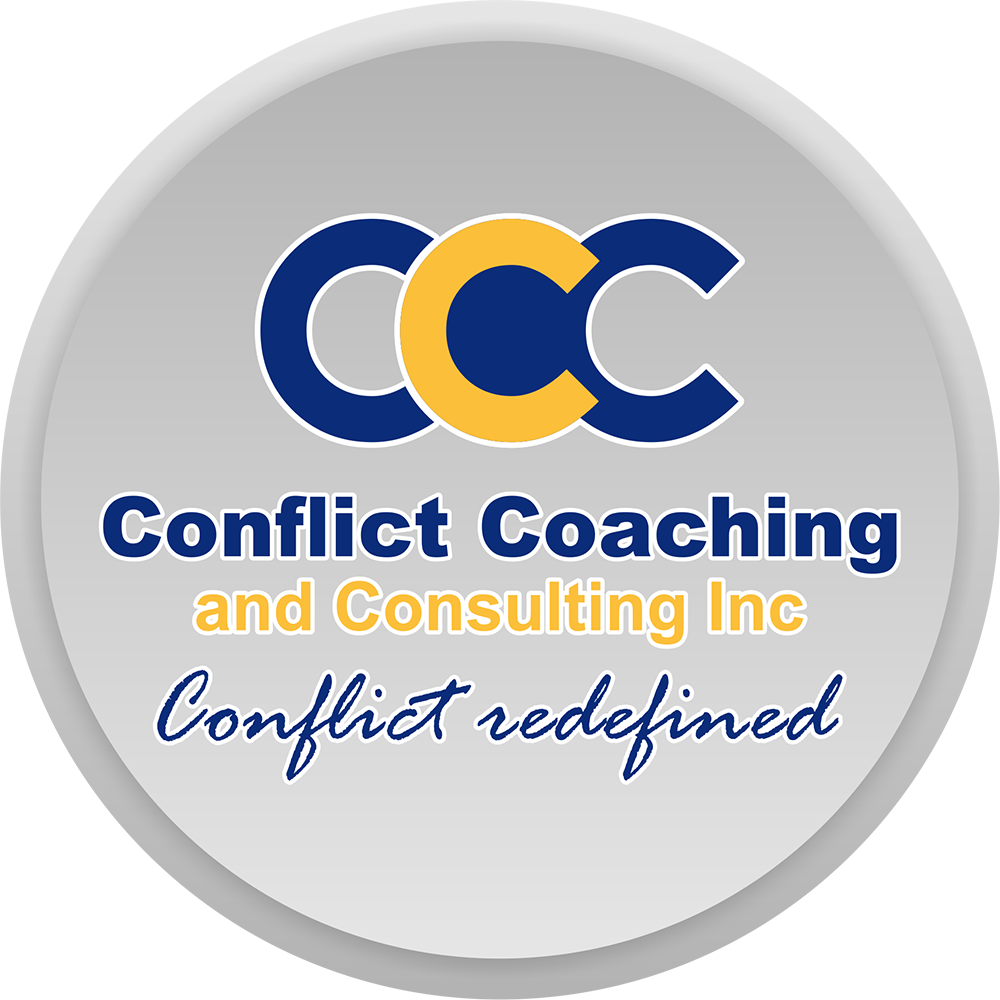
5 Practical Steps to Identify Anger Triggers
Your heart starts to pound. Your muscles tense. A wave of heat flushes through your body, and your thoughts begin to race!
In an instant, a simple comment, a frustrating delay, or a minor inconvenience can send you from calm to furious. This intense reaction isn’t random; it’s a response to a trigger.
Learning how to identify anger triggers is the first and most crucial step toward gaining control over your reactions.
Anger triggers are the specific sparks (whether they are situations, people, words, or internal thoughts) that set off your anger response. They are highly personal, shaped by your unique personality, past experiences, and even your environment at that moment.
It’s essential to understand that the trigger itself is not the anger; it’s the catalyst that activates a powerful emotional and physical response.
By learning to recognize these triggers for anger, you create a chance to choose a different response before the anger spirals out of control.
This guide will provide you with the practical tools and self-awareness needed to map your emotional landscape and build a path toward calmer, more controlled reactions.
The Importance of Identifying Anger Triggers
Why invest the time and energy in this self-exploration? Because understanding your anger triggers is the foundation of true emotional regulation. It transforms anger from a mysterious, uncontrollable force into a manageable signal.
- Enhances Self-Control: When you can predict what might set you off, you can prepare your response. This awareness gives you the power to pause and choose instead of automatically reacting.
- Prevents Escalation: Catching a trigger early allows you to use coping strategies before your anger reaches a boiling point, preventing arguments, hurtful words, or regrettable actions.
- Protects Relationships and Daily Functioning: Uncontrolled anger can damage your personal and professional life. Identifying triggers helps you maintain healthier interactions and a more peaceful daily existence.
- Builds Emotional Intelligence: This process isn’t just about reducing anger; it’s about understanding yourself on a deeper level. It builds long-term resilience and emotional intelligence, helping you navigate all of life’s challenges with greater wisdom.
4 Common Anger Triggers

While triggers are personal, many fall into common categories. Recognizing these patterns can help you start your own investigation.
1. Personal & Emotional Triggers
These triggers strike at our core needs for respect, love, and fairness.
- Examples: Feeling disrespected, ignored, or invalidated; experiencing jealousy or envy; being treated unfairly; having past trauma or unresolved emotional wounds resurface.
- Why They Trigger Anger: They feel like a direct attack on our self-worth and sense of belonging, prompting an intense, defensive reaction.
2. Situational & Environmental Triggers
These are frustrations caused by external circumstances that feel beyond our control.
- Examples: Traffic jams, long lines, crowded spaces, technology failures, missed deadlines, or a noisy environment.
- Why They Trigger Anger: They create feelings of helplessness, frustration, and obstruction, blocking us from our goals and sparking irritation.
3. Physical & Mental State Triggers
Your ability to handle frustration plummets when your basic needs aren’t met. This is often summarized by the acronym HALT (Hungry, Angry, Lonely, Tired).
- Examples: Fatigue, hunger, physical pain, illness, chronic stress, or general anxiety.
- Why They Trigger Anger: When your body or mind is already under strain, your emotional reserves are depleted. You have a much lower tolerance for any additional annoyance.
4. Threat-Based Triggers
These involve a perceived threat to your safety, reputation, or autonomy.
- Examples: Being criticized, feeling controlled or micromanaged, having your authority challenged, or fearing a loss of status or respect.
- Why They Trigger Anger: The brain interprets these situations as attacks, activating the primal fight-or-flight response, with anger being the “fight” component.
How to Recognize Anger Triggers?

Before you can identify the ‘what,’ you need to recognize the ‘when.’ Anger doesn’t appear out of nowhere; it sends early warning signs through your emotions, body, and behavior. Tuning into these signals is key.
Emotional Signs
- Irritability and frustration over minor things.
- Feeling a sense of righteous indignation or injustice.
- A rising sense of being “on edge” or easily annoyed.
- Feeling disrespected or humiliated.
Physiological Signs (How Your Body Feels)
- Muscle tension, especially in your jaw, neck, or clenched fists.
- A racing heartbeat or feeling hot/flushed.
- Rapid, shallow breathing.
- Headaches or stomachaches.
Behavioral Signs (What You Feel an Urge to Do)
- Restlessness, pacing, or inability to sit still.
- Raising your voice or having an urge to yell.
- A strong desire to withdraw completely and give the silent treatment.
- Thinking about retaliating or lashing out.
Practicing mindfulness (simply observing your internal state without judgment) is the most powerful way to begin catching these signs early.
5 Practical Methods to Identify Your Anger Triggers
Theory is useless without practice. Here are five actionable techniques to uncover your personal triggers of anger.
1. Keep an Anger Journal or Diary
This is the most effective method. Immediately after you feel angry or irritated, write down the details:
- What happened? (The specific event)
- Who was involved?
- What were you thinking?
- How did your body feel?
- What was your reaction?
Over time, you will see clear tracking anger patterns emerge, revealing your most common triggers.
2. Reflect on Past Conflicts
Think back on recent arguments or conflicts. Were there common themes? Did they often involve a specific topic (e.g., money, chores), a certain type of comment, or a particular environment? Identifying anger triggers from the past can prevent future explosions.
3. Use Visualization Tools
- The Iceberg Technique: Imagine anger is the tip of an iceberg. Under the water are the hidden underlying emotional triggers. Ask yourself: “What else am I feeling beneath the anger? Am I hurt? Scared? Ashamed? Embarrassed?” Often, anger is a secondary emotion masking a more vulnerable primary one.
- The Anger Gram: Draw a circle and write “Anger” in the center. Draw lines radiating out and write your triggers at the end of each line. Make the lines thicker or longer to represent how intensely each trigger affects you. This creates a visual map of your triggers.
4. Practice Mindfulness and Self-Reflection
Set aside five minutes each day to check in with yourself. Ask: “What made me feel tense, irritated, or frustrated today?” This regular practice builds the self-awareness needed to catch triggers in real-time.
5. Speak to a Trusted Friend or Therapist
Others can often see our common triggers for anger more clearly than we can. A trusted person can help you identify blind spots and patterns you might be missing.
Mastering Anger offers online anger management classes that are especially helpful in controlling anger issues. These courses provide you with effective tools to improve your life by managing your anger.
Next Steps after Identifying Your Triggers
Identifying your triggers is half the battle. The next step is to build a plan to manage them.
- Apply Coping Mechanisms: For each primary trigger, have a go-to strategy. If traffic is a trigger, create a playlist of calming podcasts. If feeling disrespected is a trigger, practice a phrase like, “I feel dismissed when you say that. Can we talk about it?”
- Build a Personal Plan: Write down your top 3 triggers and the specific action you will take the next time you encounter them. For example: “Trigger: Being interrupted. My Response: Take a deep breath and say, ‘I’d like to finish my thought.'”
- Practice Consistently: This is a skill, not a quick fix. The more you practice pausing between the trigger and your response, the more natural it will become.
- Seek Professional Support: If your triggers lead to explosive, violent, or harmful behavior, or if they are rooted in deep trauma, seeking help from a therapist trained in Cognitive Behavioral Therapy (CBT) is a powerful and courageous step. They can provide expert guidance and support.
Frequently Asked Questions
How do I know what triggers my anger?
Start by paying close attention to the early warning signs of anger in your body and emotions. Keep an Anger Journal to document what happened right before you felt angry. Look for patterns in people, places, and situations that consistently lead to feelings of irritation or rage.
What are common anger triggers?
Common triggers for anger include feeling disrespected or unfairly treated, stressful situations like traffic jams, physical states like being tired or hungry (HALT), and perceived threats to your safety or self-esteem. However, triggers are personal, so your list may be different.
Conclusion
Learning to identify anger triggers is a process of self-discovery and empowerment. It’s not about eliminating anger, but understanding its roots and mastering your response.
By learning to recognize your personal anger triggers and the early signals your body sends, you reclaim a powerful sense of choice.
You are no longer at the mercy of your reactions. This awareness is the first and most profound step toward lasting emotional regulation, healthier relationships, and a more peaceful life.
Start small, be patient with yourself, and remember that every moment of awareness is a victory.





Responses